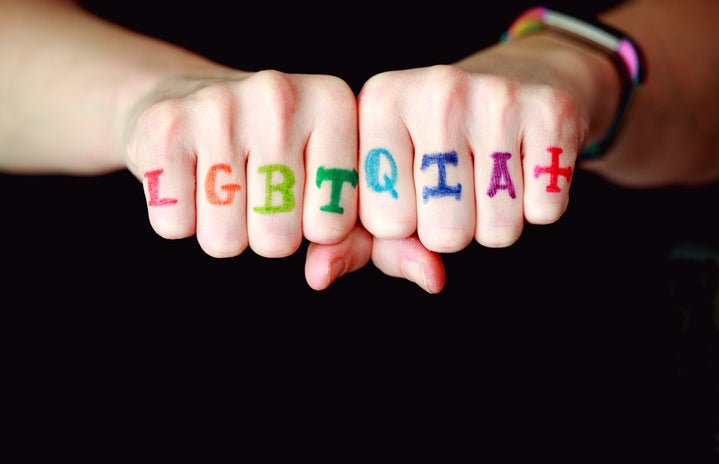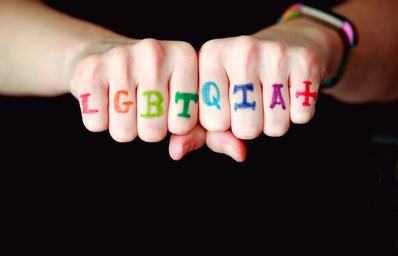With fierce looks, amazing choreography and a core sense of community, the ballroom scene is a fundamental part of the fight for LGBTQIA+ rights. It all started back in the 1970s, in New York, as a way for queer people who were outcast from society to find a safe space to be themselves and express their authenticity. It’s also important to note that ballroom culture is deeply intertwined with black and latino culture, and it’s because of icons like Crystal LaBeija that ballroom is what it is today. But I’m getting a little bit ahead of myself. First, let me explain in more depth what exactly ballroom and its origins are.
The House of Origins
As previously stated, ballroom started getting popular in the early 70s as a place for trans, latinos, black and queer people in general to gather and walk certain categories, like “runway”, where they would imitate famous models in magazines. But this all started as a direct response to the prejudice from outside and inside the community itself. One of the most known people in ballroom culture is Crystal LaBeija, a trans woman and drag queen. Sick of the hate that she was receiving in drag pageants, she began hosting balls specifically for black and trans people as a response, creating the legendary House of LaBeija.
The culture of Houses began as a way for people inside the community to find comfort and family within each other, since a lot of them had been kicked out of their own homes. Together, they founded many different houses that would compete in categories like “Femme Vogue” and “SuperModel”, and often win prizes and trophies. But more importantly, they created chosen families for people whose families didn’t accept them.
As ballroom culture began to gain influence and visibility, artists like Madonna brought some of its elements to the mainstream with her famous hit song “Vogue”, which is a unique way of dancing, with sharp and symmetrical movements, a classic in ballroom. More recently, Beyoncé has also released songs heavily inspired by ballroom.
Ballroom, come to Brazil
In Brazil, ballroom culture has recently gained more visibility, especially in São Paulo. On July 31st, 2023, the ballroom community got together and threw the Pioneer Ball, an event to celebrate the pioneers who created the scene. Since then, they have thrown many other balls and even created an Instagram page dedicated to displaying the scene.
Beyond the Instagram page, Folha de São Paulo, a Brazilian newspaper, also published an article covering more of the ballroom scene in São Paulo, releasing a small documentary on Youtube.
It is important to note that, even if most people think of ballroom as an old thing, it is still very much alive and represents resilience and courage for the whole LGBTQIA+ community, as it is also a way to showcase queer culture and excellence while also fighting for equal rights.
Finally, I would like to highlight a show that portrait’s ballroom culture and its history. POSE is a series on Netflix that takes place in the early 80s and 90s, talking about ballroom culture and the challenges that the queer community suffered, as well as the HIV/Aids crisis in the United States. It is deeply important that we, the LGBTQIA+ community, remember our history and the ones that came before us, and honor them in the best way that we can. Continue to fight for equal rights always, and be proud of who you are.
—–
The article above was edited by Camila Lutfi.
Liked this type of content? Check Her Campus Cásper Líbero home page for more!


